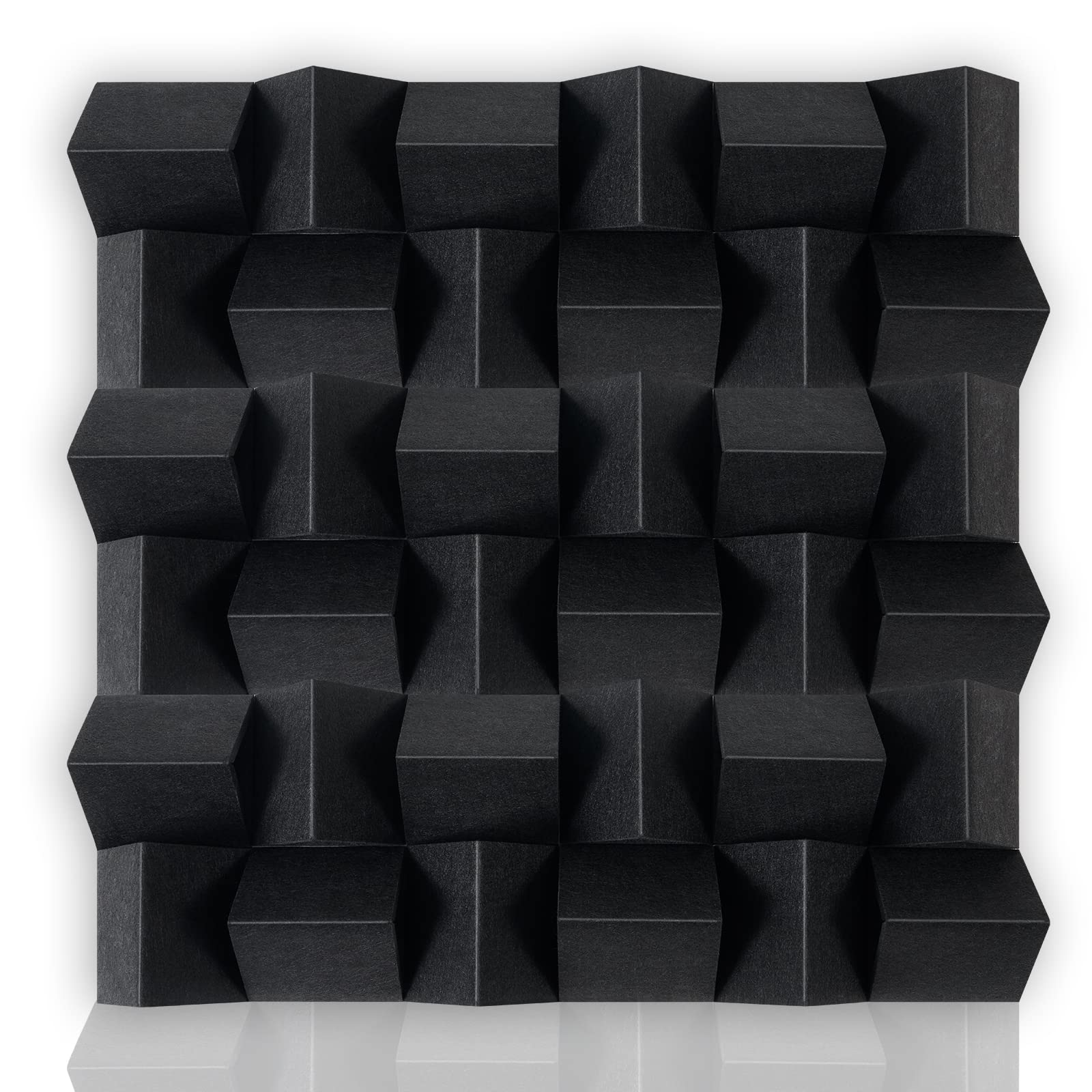Imagine this: You’ve just set up your dream home theater system, or you’ve built your own recording studio to pursue your passion for music. Everything is in place, but there’s a problem—you’re dealing with annoying echoes, background noise, and poor sound quality. What can you do to enhance your audio experience? The answer lies in acoustic panels and diffusers.
In this guide, we’ll delve into the world of acoustic treatment and soundproofing, exploring the role of acoustic panels and diffusers in improving sound quality and creating a more comfortable acoustic environment. From the basics of sound to the science behind these acoustic solutions, we’ve got you covered.
Understanding the Basics of Sound
Before we dive into the specifics of acoustic panels and diffusers, let’s start with the fundamentals. Sound is a wave, a complex oscillation of air pressure. When sound waves travel, they bounce off surfaces and interact with the environment, which can lead to a range of acoustic issues, including echoes, reverberation, and unwanted noise.
Understanding these principles is essential when it comes to acoustic treatment, as it allows us to address and mitigate these issues effectively. Now, let’s move on to the stars of the show: acoustic panels and diffusers.
Acoustic Panels: Taming the Sound Waves
Acoustic panels are the workhorses of acoustic treatment. They are designed to absorb sound waves, reducing their energy and preventing them from bouncing around your room. These panels are typically made of sound-absorbing materials like foam, fiberglass, or mineral wool, and they come in various shapes and sizes.
The Benefits of Acoustic Panels
Reduced Echo: Acoustic panels effectively absorb sound, reducing echoes in your space and creating a more pleasant auditory environment.
Improved Sound Quality: By minimizing sound reflections, acoustic panels enhance the clarity of the sound you’re listening to or recording.
Aesthetic Appeal: Many acoustic panels are designed to be visually pleasing, complementing your room’s décor while improving its acoustics.
Versatility: Acoustic panels can be used in various settings, from home theaters and recording studios to restaurants and offices.
Installation Tips
Installing acoustic panels is relatively straightforward. You can mount them on walls or ceilings using adhesive or mounting hardware. It’s important to strategically place the panels in areas where sound reflections are problematic. Corners, first reflection points, and areas with high echo are ideal locations.
Sound Diffusers: Scattering the Sound
While acoustic panels absorb sound, sound diffusers do something quite different. Instead of absorbing sound waves, diffusers scatter them in various directions. This may sound counterintuitive, but it serves a vital purpose in acoustic treatment.
The Benefits of Sound Diffusers
Balanced Sound: Diffusers help maintain a balanced acoustic environment by breaking up sound waves and reducing the risk of over-absorption.
Enhanced Spatial Feel: In larger spaces, diffusers can create a sense of spaciousness by making the sound seem to come from all directions.
Improved Aesthetics: Sound diffusers can be visually appealing and serve as decorative elements in your space.
Versatility: Like acoustic panels, sound diffusers are suitable for a variety of settings, including home theaters, recording studios, and open-plan offices.
Choosing the Right Diffuser
Selecting the appropriate diffuser for your space depends on various factors, including the room’s size, purpose, and existing acoustic conditions. There are different types of diffusers, such as QRD diffusers and skyline diffusers, each with its unique scattering properties. Consulting with an acoustics professional can help you make the right choice.
Combining Panels and Diffusers for Optimal Results
While acoustic panels and sound diffusers serve different functions, they can be used in combination to achieve the best acoustic results. This combination is particularly effective in larger spaces, as it allows for sound absorption and scattering in tandem.
Step-by-Step Installation Guide
Assessment: Begin by assessing your room’s acoustic needs. Identify areas with excessive echoes and determine where sound diffusers and panels will be most effective.
Placement: Mount acoustic panels on the walls and ceilings in the identified problem areas. For sound diffusers, strategically place them to scatter sound waves effectively.
Testing: After installation, test the acoustics in your space. You may need to make some adjustments to fine-tune the results.
Enjoy: With acoustic panels and diffusers in place, you’ll notice a significant improvement in the quality of sound in your room. Enjoy the enhanced audio experience!
Conclusion
Acoustic treatment is an essential aspect of creating a comfortable and functional acoustic environment, whether it’s in your home, office, or studio. Acoustic panels and diffusers play a pivotal role in achieving this goal by addressing common acoustic issues, such as echoes and noise.
By understanding the basics of sound and the benefits of acoustic panels and diffusers, you can transform your space into an oasis of tranquility and exceptional audio quality. Whether you’re an audiophile, a recording artist, or simply someone looking to enjoy a peaceful atmosphere, these acoustic solutions are your ticket to a more pleasing soundscape. So, why wait? Start your acoustic treatment journey today, and immerse yourself in the world of sound like never before.



